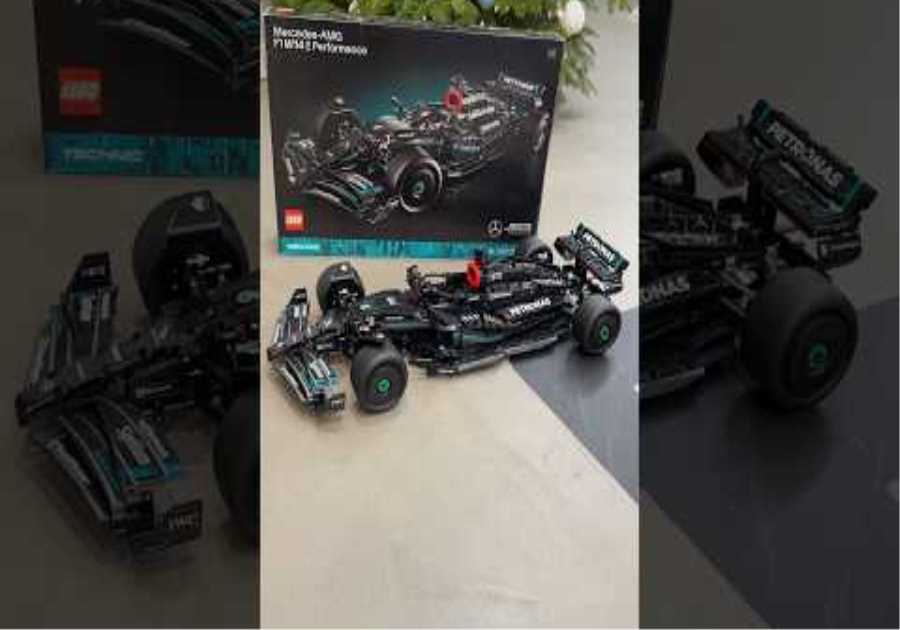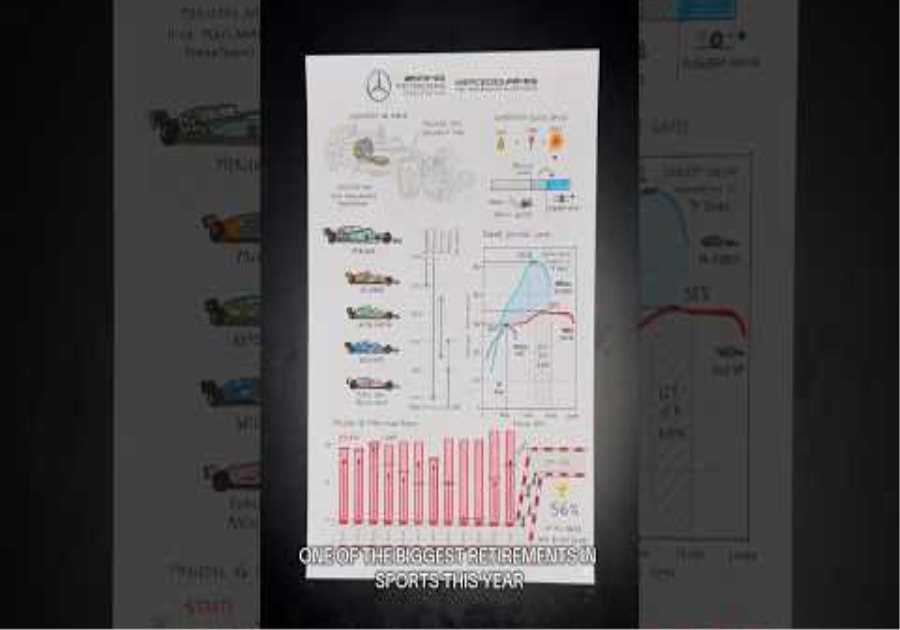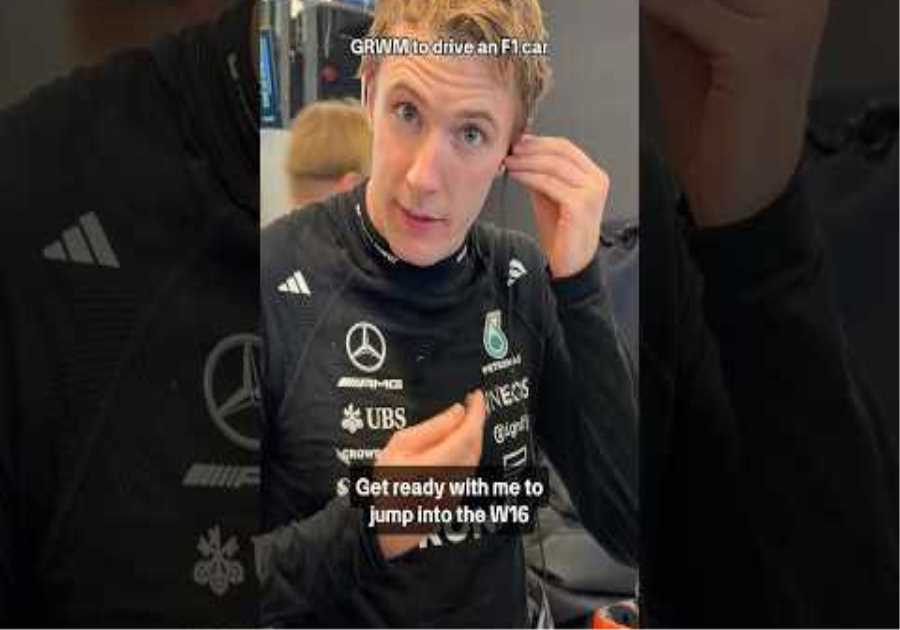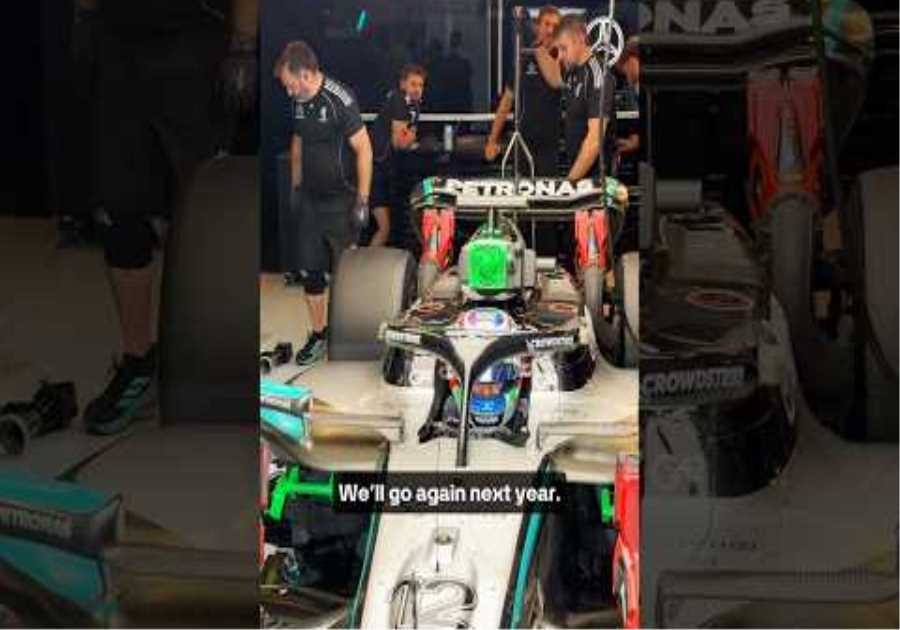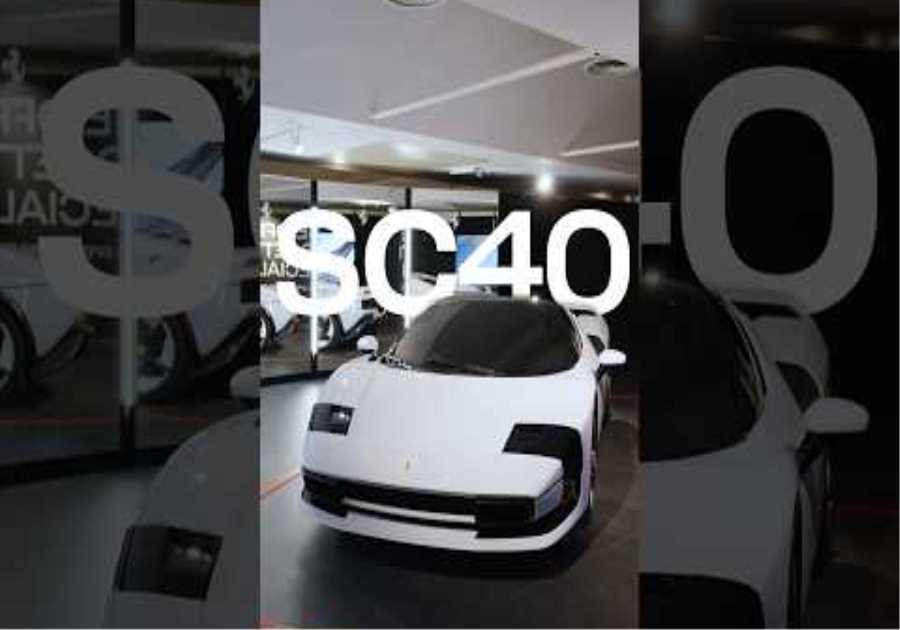
After a one-year delay F1 is finally introducing its much-anticipated new technical regulations in 2022, drastically overhauling the aerodynamics in a bid to improve overtaking.
As F1 hopes a reduction of dirty air and a more prescriptive ruleset will make the racing closer, some observers fear that the nature of a new regulations cycle will actually drive teams further apart for the first couple of seasons.
McLaren tech chief key acknowledges there will be a huge development curve in 2022 as teams get to grips with the new package. He says it might take up to a year for teams to truly get closer to each other as he doesn’t rule out certain outfits having found “real game changers” on their cars.
“I think the development rates will likely be extremely high,” Key said when asked by Motorsport.com on whether he is expecting teams to converge quickly on performance.
“I think with the nature of these regs it’s probably going to equal out a bit quicker than what we have now, simply because there are so many different ways of doing things on our car, there’s always a different and new solution and new avenue to pursue.
“I think it will be a bit quicker with ’22 to begin with something that is a little bit closer, not necessarily in ’22, maybe by ’23 to be fair.
“But I think we’ve still got a lot to learn. Everyone’s got a lot to learn with ’22 cars. We’ve got to correlate them on track, we’ve got to see what everyone has done.
“There could be some real game changes out there when you see other peoples’ cars. We’ve got to see how you perform against others and work out the strengths and weaknesses against our competitors. We’re all in the same boat in that respect
Lando Norris, McLaren MCL35M Mule
Photo by: Mark Sutton / Motorsport Images
“I think that will cause a lot of jumps in development and ideas as we progress in the first half of the season. And later in the year, that will coalesce into parts on the car.
“In terms of ’23, I suspect things will become more similar, because certain trends will have been identified by teams by then. Whether that means cars will look similar, it’s too early to say, but I think teams will certainly have a better idea of how to approach their ’23 cars than their ’22 cars.”
While the new regulations are more prescriptive than the previous ruleset, giving teams less freedom to exploit, key reckons teams will still get to be innovative during the development of the new cars, although finding clever gains has proven to be a “more subtle and complicated ” processes.
“Technically we’ve got less tools to play with, but typically that breeds a lot of ideas you’d never even have entertained with the current cars,” he explained.
“Even though it’s less efficient in many ways, you tend to look at areas where you can gain a little bit more performance, because you’ve got otherwise less tools and more restrictions to play with on the aerodynamic side, and even the suspension side as well, the internal suspension is also very simplified compared to what we’re used to.
“You actually get quite innovative at times like these. It happened in 2009 when aerodynamicists were wandering around the office saying it’s not the same anymore, and then they all kind of realized there’s a whole load of things you can do, it’s just a bit It’s that sort of situation with ’22.
“I suspect we’ll see some differences, some ideas of different cars. It will be interesting to see what people have done.”

